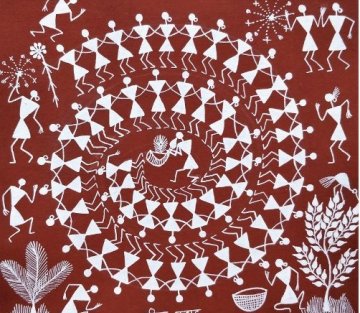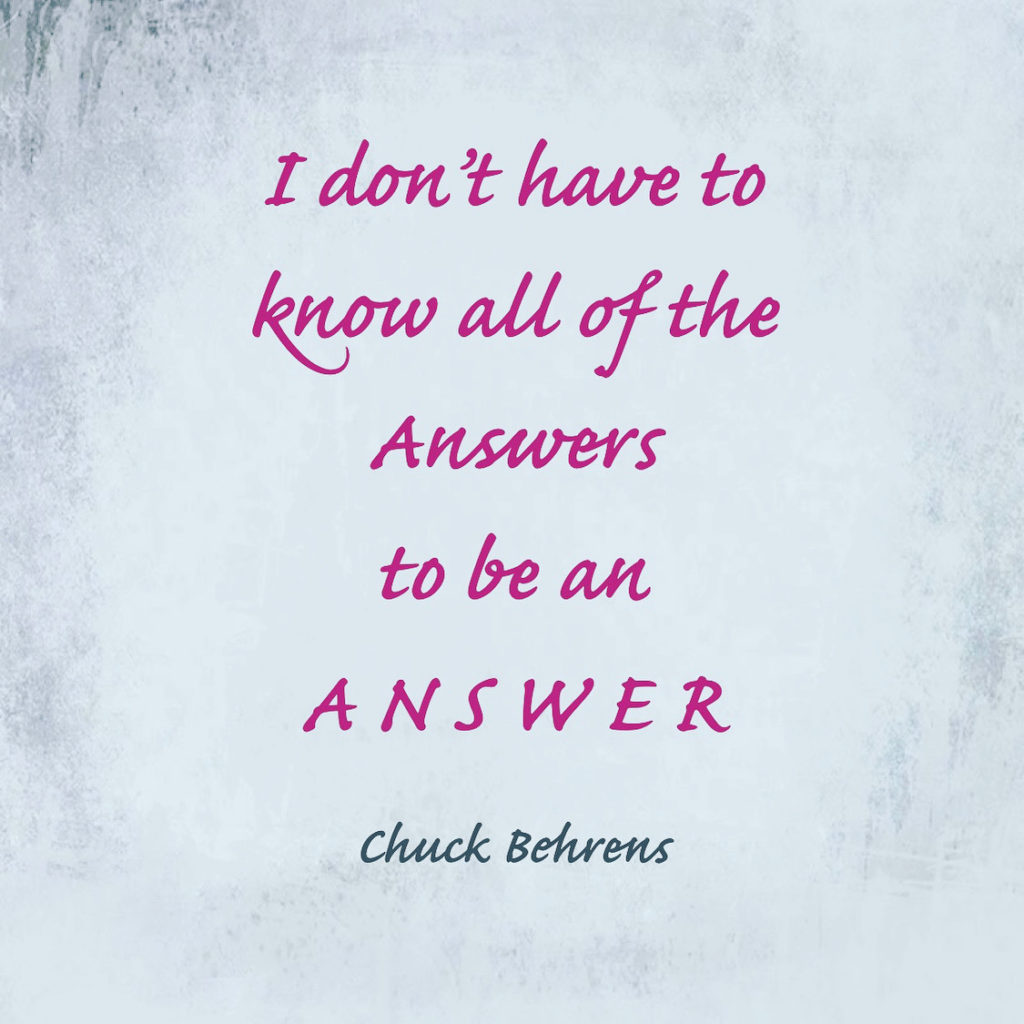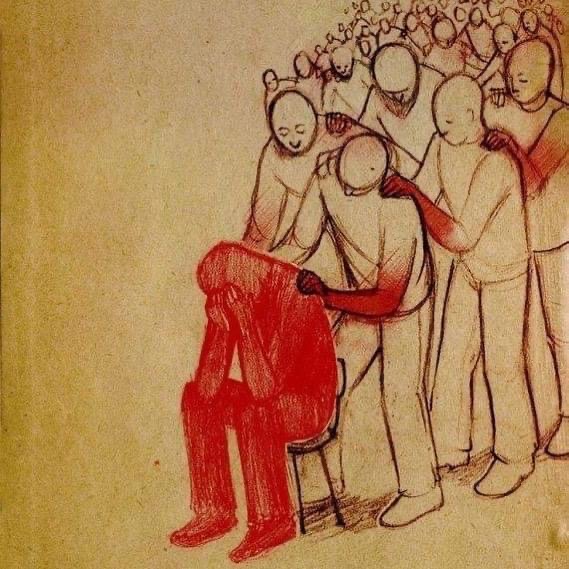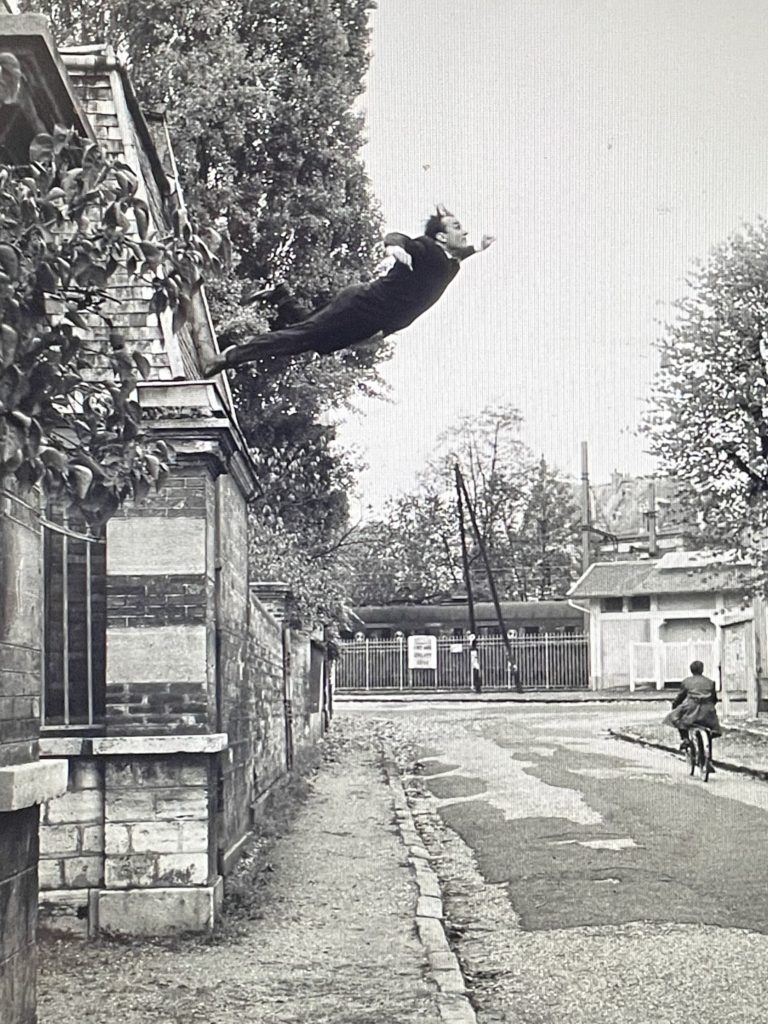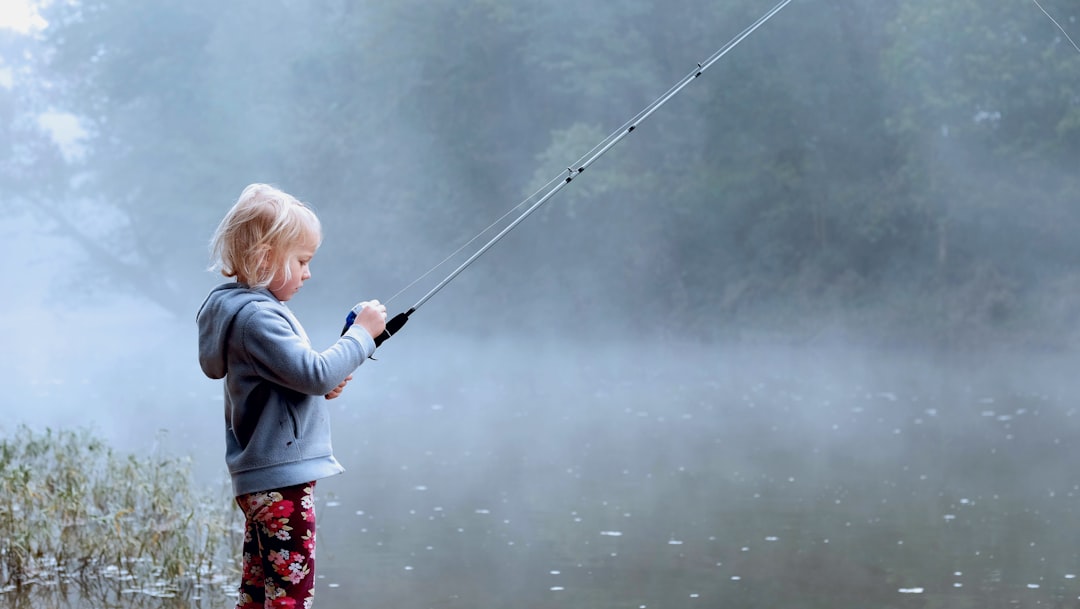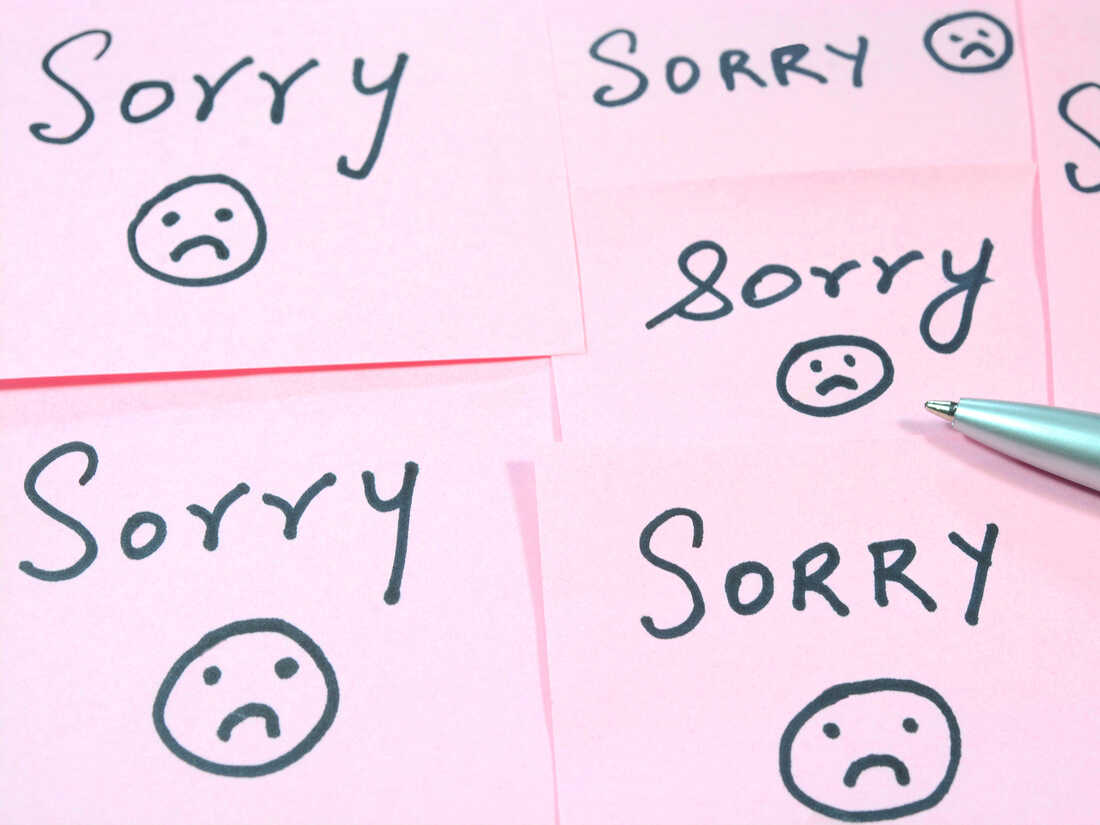
Photo by Jan Kopřiva on Pexels.com
YOU BLEW IT
YOU KNEW IT
DON’T CHEW IT
JUST DO IT. . .
SAY
“I AM SORRY”
. . but how. . .
8 Ways to Apologize Well
(when just one way doesn’t feel enough)
Apologies are how we smooth over conflicts and repair relationships, prove our character to others, and coexist as imperfect beings. Yet few of us know how to do it well—or have the bravery to do so.
“A good apology builds bridges. It heals wounds,” says Marjorie Ingall, coauthor of the new book Sorry, Sorry, Sorry: The Case for Good Apologies. “It’s also really hard. Apologizing is a courageous act, because we’re overcoming all of our own animal instincts and all of our own self-protectiveness when we do it.”
Sincere apologies can be difficult to nail. Everyone wants to feel like a good person, which can lead to defensiveness—we talk ourselves out of the idea that we did something wrong in order to safeguard our sense of self. “We immediately turn to excuses, justifications, reasons why the victim provoked us,” says Karina Schumann, an associate professor of psychology at the University of Pittsburgh who’s researched the barriers to apologizing. “And if we’re able to convince ourselves of that, then that can—in our minds—preclude the need for an apology.” Or, perhaps we don’t care enough about fixing a certain relationship to apologize, she adds. We might also overestimate how uncomfortable delivering the apology will be, or assume that it won’t work.
But sincere apologies bring a host of benefits to the person delivering the message and the one receiving it. They help solidify relationships and mend trust, both of which can lower stress and improve mental health. “It’s really unhealthy to hold onto shame and guilt and not try to work through your emotions around negative behaviors and harmful acts you’ve committed,” Schumann says. Plus, some research indicates that those receiving apologies can experience improvements in blood pressure and heart rate, as well as increased activation of empathy-related brain regions that set the stage for forgiveness and reconciliation.
If you’re ready for your mea culpa moment, here are eight keys to apologizing well.
Don’t rush into it
Apologies are better late than early, says Cindy Frantz, a social psychologist at Oberlin College who has researched how timing influences apology effectiveness. “What we found is that there can be a temptation to offer an apology quickly,” she says. “It’s an effort to shut the whole incident down and move on. And that benefits the perpetrator, but it doesn’t meet the needs of the victim.”
You can’t deliver an effective apology until and unless the injured party believes that you fully understand what you did wrong, she says. “If the apology comes before that, it’s not going to be seen as sincere.”
Be open to a variety of formats
If you’re dealing with a relatively minor offense, consider apologizing over text message or in person, Ingall suggests. Emails often work well for more serious situations. “And if you really screwed up, there’s something very powerful about a stamp and nice stationery and a pen,” she says. Just don’t issue your apology via social media, which can be humiliating for everyone involved.
Another rule of thumb: “When you’re apologizing to someone, you have to give them an out,” Ingall says. “You don’t want somebody to feel trapped by you—they need an escape route.” Don’t block the pathway out of someone’s work cubicle, for instance, or lean into their car window so they’re unable to pull away.
Start with specific words
Use the words “I’m sorry” or “I apologize.” Opting instead for phrases like “I regret” or “I feel bad about what happened” often results in non-apologies, which “have the vague contours of an apology, but don’t actually get there,” Ingall says. (See: The classic “sorry if you were offended” or “sorry, but…” approaches.) Plus, saying you regret something puts the focus on you and your emotions, when it needs to center squarely on the wronged person’s feelings.
Accept responsibility
Why should you apologize if you’re both at fault? That’s exactly the question many people struggle with, Schumann says—and certainly, there often is dual-responsibility. “But I like to encourage people to really focus on taking responsibility for the parts of the conflict that they’re responsible for,” she says. Avoid the urge to phrase it as, “I’m sorry I did this, but you also did that.” The inclination to do so is “normal, because we want to contextualize our behavior and call attention to the fact that we’re also hurt,” she says. But save it for later on in the conversation.
Emphasize certain words
Always choose your words carefully when apologizing, advises Lisa Leopold, an associate professor of English language studies at the Middlebury Institute of International Studies at Monterey who has analyzed the language of public apologies. Avoid conditional phrases, like “if” or “may”—as in, “I’m sorry if anyone was offended,” which suggests that perhaps there were no victims. “But” is another misstep. It undercuts your message, she notes.
It’s crucial to use “I” or “my” while apologizing, Leopold adds. For example, say “I’m sorry for my outburst,” rather than “I’m sorry for the interaction this morning.” And always use the active voice. “If you say something like, ‘I apologize for what happened,’ well, ‘what happened’ is something you have no control over,” she says.
It can also be helpful to utilize intensifiers such as “very,” “truly,” “sincerely,” “deeply,” and “extremely.” These can “enhance the language of an apology,” Leopold notes.
Be clear about how you plan to repair things
One of the core elements of an apology is making reparations. Sometimes, Schumann says, that will be possible in a direct way: You broke their favorite wine glass? Buy them a new one. Spilled coffee on their dress? Pay for the dry-cleaning.
If that’s not feasible, consider more symbolic forms of repair. For example, if you hurt someone’s feelings with a critical comment, make it clear that you misspoke. “Sometimes you can’t repair what’s happened, but you can think about the relationship moving forward,” she says. “How can you communicate a promise to behave better?” It’s important for the other person “to hear that this is not going to continue…and they can trust you to improve your behavior in the future.”
Communicate sincerity
A variety of things can help make it clear your words are coming from the heart, Schumann says. First, the apology should match the severity of the offense. If you’re apologizing for infidelity and say, “Sorry about that, love,” you won’t come across as very genuine, she notes; however, those words might be adequate if you’re 10 minutes late for dinner.
You should also aim to put yourself in the other person’s shoes and convey that you understand what you did was hurtful to them, and the consequences they dealt with as a result. It can be helpful to listen first and ask them questions about their vantage point, Schumann advises. “That might allow you to really understand what they’re going through, and therefore be able to offer a more authentic, victim-focused apology.”
Don’t expect forgiveness
An apology is a starting point. Particularly with severe offenses, the person wronged will often need time and space to heal, and it’s important not to pressure them. It can be tempting to follow up with something like, “What’s wrong? I apologized—how long are you going to hold onto this?” Instead, Schumann suggests checking in like this: “I understand this isn’t going to fix everything, and I want to continue to do whatever I can to make this right by you. I hope that, even if you’re not ready to forgive me, you’re open to working with me to get us to a point where we can move forward.”
Now, just remember
WHEN THE SHOE’S ON THE OTHER FOOT





